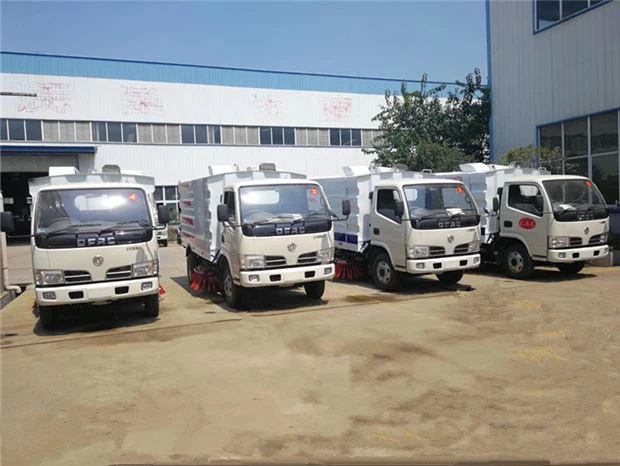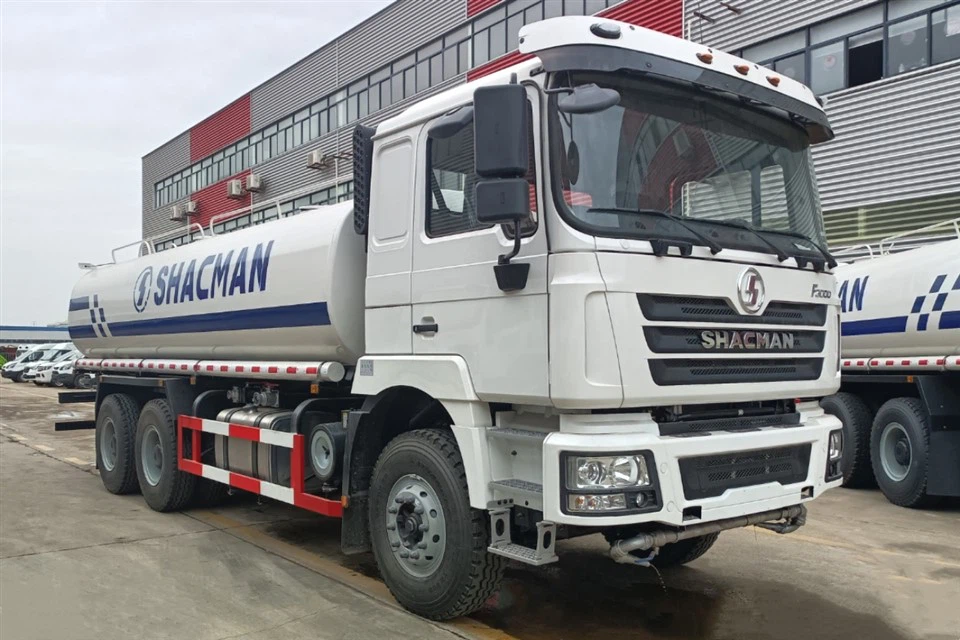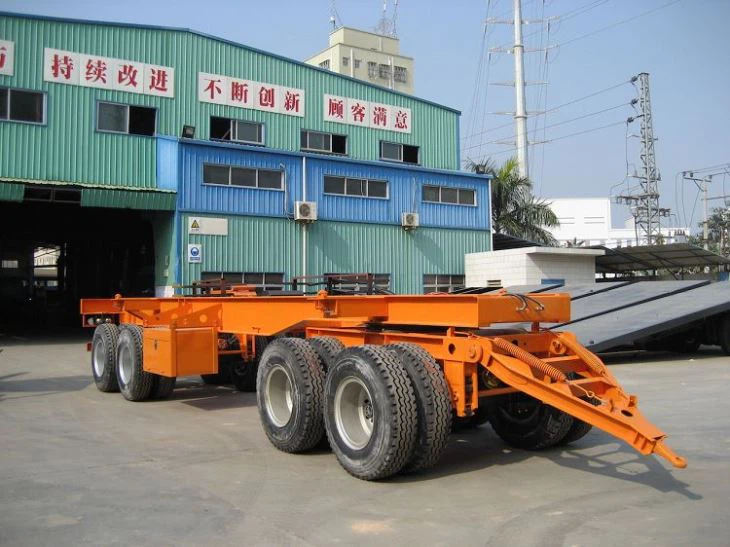Everything You Need to Know About Cart Tippers

Cart tippers are invaluable tools designed to make the process of handling and disposing of waste easier, safer, and more efficient. This article provides a comprehensive guide to cart tippers, exploring their types, benefits, practical applications, and maintenance. Suitable for businesses and individuals alike, understanding cart tippers can greatly enhance waste management efforts.
What Are Cart Tippers?
Cart tippers are mechanical devices designed to lift and tip carts, bins, or containers to facilitate the unloading of contents. Commonly used in commercial, industrial, and municipal waste management, these devices reduce manual labor, minimize injury risks, and provide a more efficient waste disposal process.
Types of Cart Tippers
There are several types of cart tippers, each designed for specific purposes:
1. Hydraulic Cart Tippers
Hydraulic cart tippers utilize a hydraulic system to lift and tilt carts. They are powerful, capable of handling heavy loads, and are typically used in industrial settings.
2. Electric Cart Tippers
Electric cart tippers are powered by an electric motor, making them suitable for indoor use. They are quieter and can handle moderate loads efficiently.
3. Manual Cart Tippers
Manual cart tippers require physical effort to operate. While they can be less efficient, they are more cost-effective and suitable for smaller operations.
4. Specialized Cart Tippers
These are designed for specific types of carts, such as those used in food service or hazardous waste disposal. They accommodate particular shapes and sizes to ensure safety and efficiency.
Benefits of Using Cart Tippers
Implementing cart tippers in waste management offers numerous advantages:
1. Enhanced Safety
Cart tippers reduce the risk of injuries associated with manual lifting and dumping. By minimizing the need for physical exertion, they promote a safer working environment.
2. Increased Efficiency
These devices can process waste faster than manual methods, improving overall productivity. With a cart tipper, workers can spend less time unloading and more time on essential tasks.
3. Reduced Labor Costs
By automating the dumping process, businesses can reduce the number of employees needed for waste disposal, leading to significant labor cost savings.
4. Improved Cleanliness
Cart tippers help ensure that waste is disposed of properly, reducing spillage and mess. This leads to a cleaner working environment and helps maintain hygiene standards.
How to Choose the Right Cart Tipper

Selecting the correct cart tipper requires consideration of several factors:
1. Weight Capacity
Evaluate how much weight the cart tipper needs to handle. Ensure that the chosen model can accommodate the maximum load you’ll be working with.
2. Type of Power Source
Consider whether a hydraulic, electric, or manual cart tipper is suitable for your operation. Assess factors such as the work environment, required power, and budget.
3. Size and Dimensions
Measure the space where the cart tipper will be used to ensure it fits comfortably without obstructing workflow.
4. Mobility
If you need to move your cart tipper between different locations, select a model with wheels or tracks for easy mobility.
5. Build Quality
Look for a durable construction that can withstand the rigors of daily use, especially in heavy industrial applications.
Practical Applications of Cart Tippers
Cart tippers find applications across various industries:
1. Waste Management
In commercial waste management, cart tippers make it easy to unload waste into larger dumpsters or compactors.
2. Food Service
Restaurants and catering services use cart tippers to efficiently dispose of scraps and waste, ensuring cleanliness in food preparation areas.
3. Healthcare
In hospitals, cart tippers help manage biohazard waste disposal safely, reducing staff exposure to potential hazards.
4. Manufacturing
Manufacturing facilities utilize cart tippers to handle excess materials quickly, maintaining a clean and organized workspace.
Maintenance Tips for Cart Tippers
Regular maintenance is crucial for ensuring your cart tipper operates efficiently and lasts longer:
1. Regular Inspections
Conduct frequent checks of the hydraulic lines, electric motor, and structural integrity to identify issues early.
2. Lubrication
Keep moving parts well-lubricated to ensure smooth operation and prevent wear and tear.
3. Cleanliness
Maintain the cleanliness of the cart tipper to prevent residue buildup that could interfere with its functioning.
4. Follow Manufacturer Guidelines
Always refer to the manufacturer’s maintenance manual for specific upkeep procedures and product care.
Cost Considerations for Cart Tippers
The price of cart tippers can vary widely based on type, capacity, and features. Here’s a breakdown:
| Type of Cart Tipper | Estimated Cost | Typical Use |
|---|---|---|
| Hydraulic Cart Tippers | $1,500 – $5,000 | Heavy industrial use |
| Electric Cart Tippers | $800 – $2,500 | Indoor commercial operations |
| Manual Cart Tippers | $200 – $700 | Small businesses and homes |
| Specialized Cart Tippers | $1,000 – $4,000 | Specific industrial needs |
Frequently Asked Questions (FAQ)
1. What is a cart tipper used for?
Cart tippers are used to lift and unload carts, bins, or containers, primarily for efficient waste disposal.
2. Are cart tippers easy to operate?

Yes, most cart tippers are designed for easy operation, often requiring minimal training for users.
3. How much weight can a cart tipper handle?
The weight capacity varies by model, ranging from a few hundred to several thousand pounds, depending on design.
4. Do cart tippers require regular maintenance?
Yes, regular maintenance is necessary to ensure optimal performance and longevity of the equipment.
5. Can I use a cart tipper indoors?

Yes, electric cart tippers are specifically designed for indoor use, providing a quieter and cleaner waste disposal option.
6. What is the average cost of a cart tipper?
Cart tipper prices range from approximately $200 for manual models to over $5,000 for heavy-duty hydraulic options.
